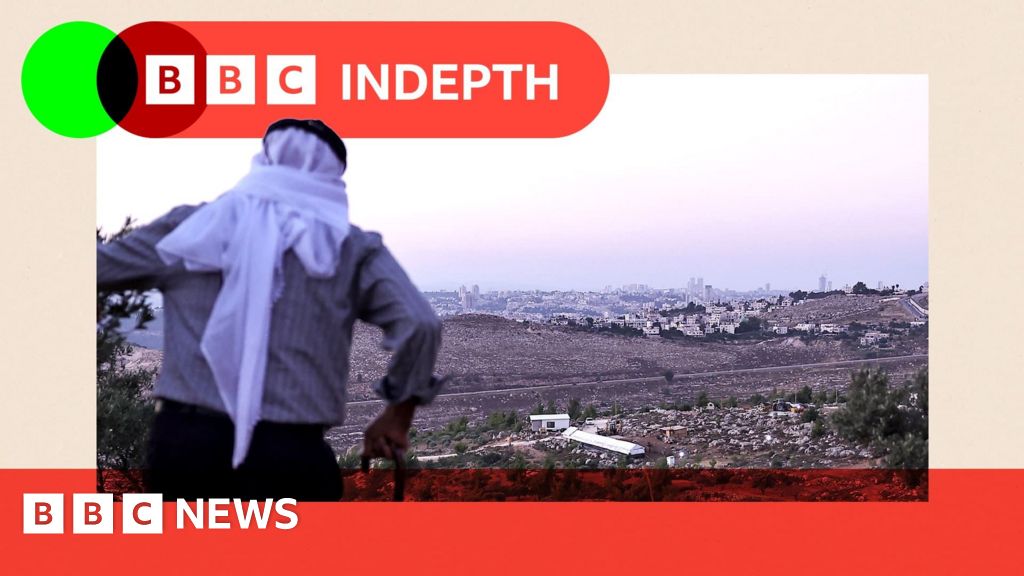The Regeneration Handbook: System-changing strategies
To inspire hope that ordinary people such as ourselves can bring about meaningful change, I’ve included brief snapshots below of some of the largest and most successful systems-changing strategies I know. Because these kinds of stories are not often reported on in the mainstream media, we need to do everything in our power to get The post The Regeneration Handbook: System-changing strategies appeared first on Shareable.

To inspire hope that ordinary people such as ourselves can bring about meaningful change, I’ve included brief snapshots below of some of the largest and most successful systems-changing strategies I know. Because these kinds of stories are not often reported on in the mainstream media, we need to do everything in our power to get them out as far and wide as possible.
Regional food hubs
Networks for the aggregation and distribution of local and regional produce were commonplace only a century ago, but many were dismantled during the process of economic globalization. One group that’s been trying to bring theirs back is the Belgian Transition Initiative, Liége en Transition. In 2013, they helped establish Ceinture Aliment-Terre Liégeoise (CATL), “The Liége Food Belt.” Since then, CATL has woven together a powerful network of 15 local food cooperatives, including several farms and grocery stores, organizations dedicated to preserving agricultural lands and sharing farm machinery, a bicycle delivery service, two bakeries, two wineries, and a brewery.
CATL supports them all by organizing events, creating educational resources, facilitating collaboration and resource sharing, and helping to raise millions of Euros for startups and expansions. It has also established a partnership with the City of Liège to lease public lands to local growers, helped form a district-wide food policy council, and regularly consults with schools about sourcing locally. According to CATL, which maps local producers on their website, all of this has led to a doubling of market gardeners in their area over the past decade, with much more still to come.
Community-owned renewable energy companies
Many Transition Initiatives, from Fujino, Japan, to London, England, have started their own community-owned renewable energy companies. These entities typically raise funds by offering shares to local investors, some of whom pitch in as little as a few hundred dollars, then use those funds to purchase, install, and maintain solar photovoltaic arrays and wind turbines. The community as a whole benefits from increased renewable energy production, and small local investors, instead of utility company executives and shareholders, reap the financial benefits.
Although it’s not the largest community-owned renewable energy company a Transition Initiative has established, Brixton Energy might be my favorite. In partnership with Repowering London, they have so far installed three large solar arrays on public housing, specifically to lower the energy bills of their community’s most economically challenged residents. The biggest might be Bath & West Community Energy, which has raised £22.5 million to date and implemented 34 community energy projects totaling 13.35 MW, enough to power 4,500 homes.
Local currencies
Many Transition Initiatives have also started local complementary currencies. Because they can only be spent at local businesses, they keep wealth circulating locally instead of being sent back to corporate headquarters. Local currencies remind those who use them of the benefits of shopping locally and serve as powerful symbols of community pride. The Brixton Pound’s colorful £10 note, which features hometown hero David Bowie as Aladdin Sane, has been celebrated around the world.
At its peak in 2015, the Bristol Pound was the UK’s largest local currency, with £800,000 in circulation and 280 local businesses accepting it. That year, Rob Hopkins wrote that it “combines printed notes, an Open Source Pay-by-Text system, and integration with the local credit union. It’s accepted as payment on city buses, and the City Council pays part of its staff’s salary in the currency. The mayor also takes his full salary in Bristol Pounds.” Residents could withdraw Bristol Pounds from ATMs throughout the city and use them to pay their local taxes and energy bills. While the Bristol Pound was officially retired in 2021, the team behind it is already working on their next iteration: Bristol Pay.
Local investment networks
Of the tens of trillions of dollars invested in stock markets worldwide, not a single dollar currently flows to local businesses. Local investment networks seek to convince investors to take at least some of their money out of speculative markets (where it may be helping to fund fossil fuel companies and weapons manufacturers) and put it to work supporting local businesses they know and believe in. Loans facilitated through these networks are typically low-interest, and because there is a direct relationship between the lender and borrower, agreements can be revised as needed.
Local 20/20, a Transition Initiative in Port Townsend, Washington, coordinates a Local Investing Opportunities Network (LION) that has served as a model for many similar efforts around the world.19 Since 2012, it has catalyzed over $10.5 million of investment into 96 local businesses. Recipients have included a farm and cidery, a bicycle repair shop, an independent movie theater, and Washington’s oldest grocery store. During the height of the pandemic, LION investors generously provided 47 borrowers with $1.8 million of debt relief. LION’s latest project is a partnership with the Housing Solutions Network to fund affordable workforce housing in Jefferson County.
Community land trusts
The first community land trust in the US, New Communities Inc., was founded in 1969 by Black farmers and civil rights activists in Southwest Georgia as a way to acquire land and hold it in common in perpetuity. Although community land trusts remain a little-known strategy for ensuring permanently affordable housing, they are basically just a specific type of 501(c)(3) nonprofit. The organization raises the funds and owns the land, ensures each project stays true to its stated mission, and typically offers 99-year “ground leases” to residents. Residents own the homes they build and have representation on the nonprofit’s board of directors, along with volunteer community members and subject area experts.
Dishmagu Humboldt is a community land trust founded in 2020 by the Wiyot Tribe of Northern California in partnership with local Transition Initiative Cooperation Humboldt. Organized around four main areas of focus (Land Back, Affordable Housing Creation, Workforce Development, and Environmental and Cultural Restoration), it aims to establish ecovillages that provide low-income housing, offer apprenticeship programs, and incubate worker-owned cooperatives. Its first major project, Jaroujiji Youth Housing, which will convert an office building and two single-family homes into 39 housing units for homeless youth, has already been supported by a $14 million grant from the State of California.
Community-based redevelopment
In Totnes, England, where the Transition Movement started, they’ve taken on bigger and bigger projects over the past 18 years. The biggest of all is probably Atmos Totnes. In 2012, Transition Town Totnes helped found the Totnes Community Development Society (TCDS), which signed an agreement in 2014 to redevelop a derelict 8.6-acre industrial site in the center of town. The following year, TCDS held 20 public consultation sessions to solicit community input, receiving more than 4,000 individual contributions. The resulting design included 62 affordable housing units, 37 retirement homes, a 58-bed “eco-hotel,” an arts and music venue, a health and wellness center, 76,000 square feet of workspace, and a local foods cafe, all owned by the community and powered by 100 percent renewable energy.
Although this plan was approved by 86 percent of local voters in 2019 and TCDS secured enough funding to purchase the property, just as the deal was about to close, the owner sold the site behind their back to another buyer. Heartbroken but unwilling to surrender, those who had worked on this project for many years formed the Atmos for Totnes campaign in 2021. They collected 750 objections to the new owner’s development plan, leading to its rejection in 2023. While the outcome still remains uncertain, I’m betting on Atmos Totnes to win. When a community claims its power to dream and design its own future like this, it becomes a force of nature that’s nearly impossible to stop.
Municipalities in Transition
Transition Initiatives also frequently partner with their local governments to great effect. In just a few years, the Municipalities in Transition project collected 72 case studies of these kinds of impactful collaborations from all over the world. While gaining political influence at state, national, and international levels tends to be much more difficult, it’s not beyond the realm of possibility, especially if we work together as a movement.
Ungersheim, France, which calls itself the world’s first Transition Village, is an example of what can happen when a local government puts its full support behind this kind of effort. Inspired by watching the documentary film In Transition 1.0, Ungersheim’s Mayor, Jean-Claude Mench, subsequently rallied his entire government around the idea of Transition. In 2012, they published a 21-point plan 23 and immediately started putting it into action. Since then, Ungersheim has become a Fair Trade Town, banned pesticides and herbicides, campaigned to shut down a nearby nuclear power plant, launched a local currency called The Radish, created an Atlas of Biodiversity, converted a former mining site into a nature preserve and park, and switched to 100 percent organic school meals. They have also built the largest solar farm in their region, which provides electricity for 10,000 residents (five times the village’s entire population), and have made public lands and facilities available for an ecovillage, a 20-acre organic farm, and two communal kitchens.
The Regeneration Handbook: Transform Yourself to Transform the World by Don Hall was published on June 11, 2024. This is the fifth excerpt from the book Shareable has published.
The post The Regeneration Handbook: System-changing strategies appeared first on Shareable.
What's Your Reaction?




















